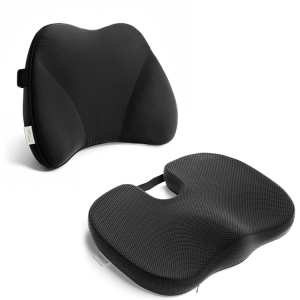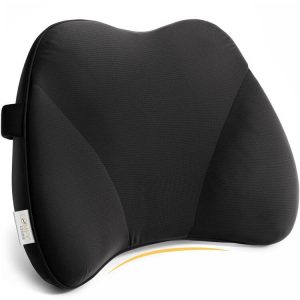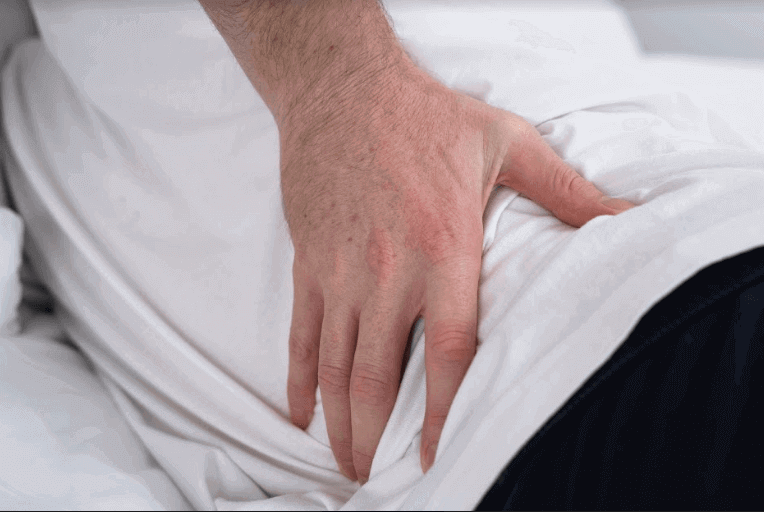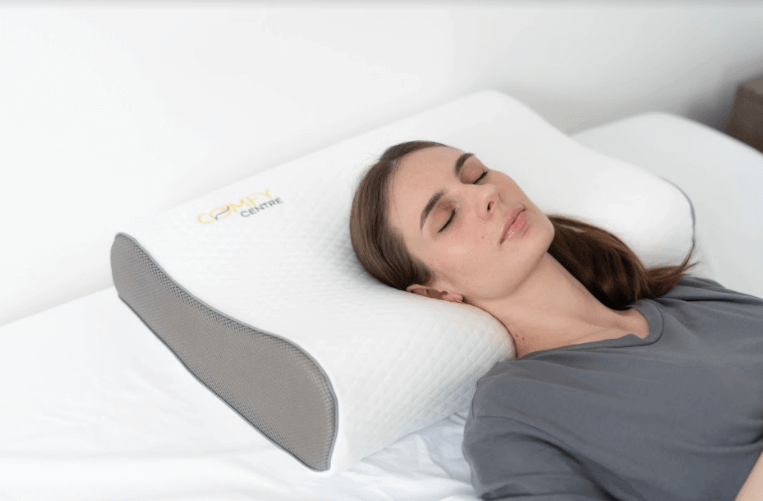
When was the last time you checked your pillows? You're certainly not alone if you say "it's been a while" or "not at all." The largest and also the most essential financial investment you'll spend in your sleep is a mattress, that's why it gets quite a lot of attention. However, pillows were as crucial as your mattress when it regards to sleep quality.
Pillow care is dependent on the fill and ease of maintenance. Most pillows have washable covers; if you've spent a lot of money on expensive pillow, you may need to consider in an additional pillow protector to extend its life. Don't try to wash it down manually; all it takes is a gentle fluff and frequent drying to keep it clean and well maintained. When necessary, get it professionally laundered.
As you examine all of your options, choosing the ideal cushion sometimes seems challenging. But it doesn't have to feel that way - this is more of a quest for a better good night's sleep. In this article, we’ve broken down the top-rated pillows for insomnia designed to fit the way you sleep. From the best pillows for side and back sleepers to anti-snoring pillows, we’ve got you covered. If you want the best hotel pillow, we’ve got that.
1. ComfyCentre Memory Foam Pillow

ComfyCentre's memory foam cushion has a sleek, aesthetic style that makes it ideal for modern homes. It has an ergonomic design that follows your cervical vertebra, which eliminates neck pressure.
Since it follows the natural curve of your neck, it provides better alignment while you sleep. It reduces snoring since it does not restrict your breathing.
The ComfyCentre memory foam pillow does not lose its shape after being tested against other memory foam pillows. In comparison to other brands, it offers a higher density and quality.
It also comes with a cushion cover that is air permeable.
2. The Nectar Memory Foam Pillow
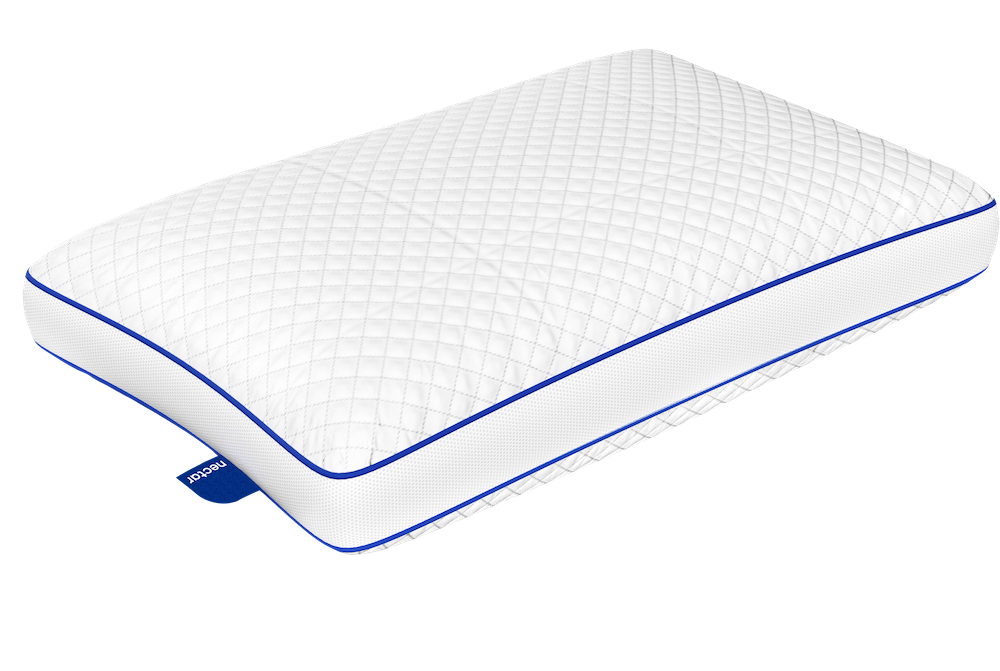
Memory foam is an alternative to conventional down pillows, though it can be too hot for some sleepers. Nectar's solution to this issue is a quilted memory foam outer shell, which itself is cooled down through active ventilation and a cooling fabric, guaranteeing a comfortable night of sleep.
3. Brook and Wilde Marlowe Pillow

One of the best pillows we'd recommend for side and back sleepers is this Marlowe Pillow from Brook and Wilde. This pillow is firm with a combination of support and comfort. The fill material is generously stuffed with a combination of feathers and down across three separate chambers that helps your head and neck completely supported – but still getting that five-star hotel style “sink”.
4. Panda Bamboo Memory Foam Pillow
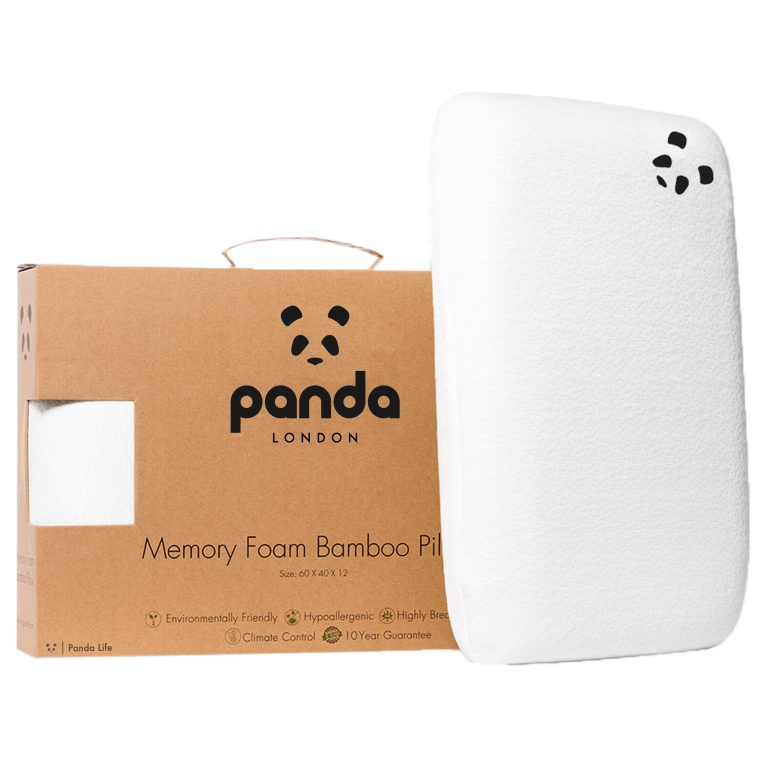
This bamboo derived memory foam pillow from Panda Bamboo looks and feels like silk, but also environmentally friendly, easy to maintain, and temperature-regulating. These features make it the perfect antidote to memory foam, which offers unequalled support but traps heat and is difficult to recycle. The foam used in this pillow uses ultra-supportive pillow that is really firm, but still squishy enough – making it perfect for side and front sleepers. Its thick bamboo case is soft, hypoallergenic and cooling.
5. Simba Hybrid Pillow
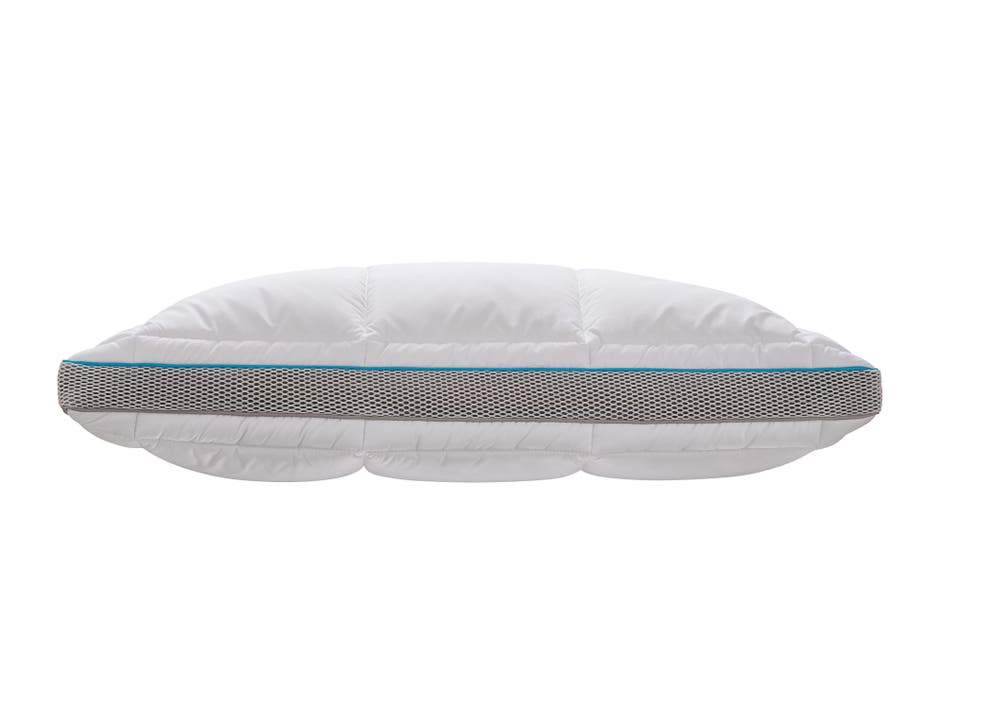
One of the crowd's favorite alternative to traditional memory foam is Simba’s hybrid pillow which is stuffed with small, closed-cell foam called “nanocubes” that's adjustable to tailor its height and supportiveness to your sleeping form. This pillow handles different temperatures: the case has soft cotton on one side and Simba's innovative "stratos" fabric on the other, which disperses or retains heat according on your body temperature. We discovered that the cubes tended to clump up after a few nights, but it is easily corrected by unzipping the case and shifting them out.
6. Soak and Sleep Ultimate 90 Hungarian Goose Down Pillow

This pillow has excellent loft and all the indulgence of top-quality down at a seriously reasonable price point — with a good discount if you purchase additional pillows (a set of two nets you a 15 per cent saving). The innermost layer is stuffed with supportive feathers, and the exterior is covered with very soft down, so there's plenty of support along with the softness. This pillow's structure and elevation are perfect for side sleepers, who typically need extra support. It has exceptional ethical credentials: the down and feathers are sourced from a family-run firm in Hungary, and the fill can be traced by scanning a QR code on the labels. Soak and Sleep claims that the filling is suitable for individuals with allergies as it's washed in warm spring water instead of chemicals and encased in a mite-deterring fabric.
7. Greenfibres Organic Wool Pillow with Swiss Pine Shavings
The pleasant smell emitted by the pine shavings (which are soft, not prickly!) may apparently help relieve everything from insomnia to tension to poor skin. Pine-stuffed pillows are the kind of luxury seen in Swiss spas. Most of the customers raved about drifting off to sleep while surrounded by the sweet scent of warm pine trees. Wool pillows are a fantastic alternative to foam and feather pillows since they are supportive, ecologically sustainable, and breathable. Once the pillow arrives, unzip it and pull apart the wool balls inside until you get your desired loft, then slumber your way into an Alpine dreamscape.
8. Coop Home Goods Premium Adjustable Loft Pillow

The Coop Home Goods premium adjustable loft pillow is a great option for restless sleepers who have trouble finding the right pillow. It's made out of a memory foam and microfiber hybrid that can be adjusted to provide the optimal balance of softness and support. The smooth and permeable cover is comprised of viscose rayon and polyester derived from bamboo.
9. Elite Rest Ultra Slim Sleeper Firm Memory Foam Pillow
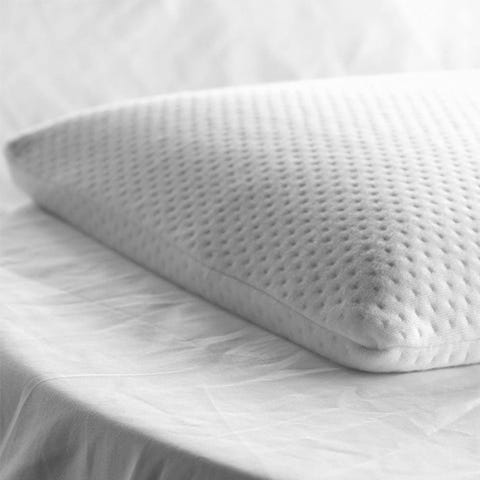
The Elite Rest Ultra Slim Sleeper is designed for stomach sleepers who require a specific kind of pillow. It's comprised of familiar materials—a memory foam core with a cotton cover—but it's one of the lightest pillows on the market at only 2.5 inches thick. Because of it's half-pillow design, it sits flat while arching up, ready to cradle stomach sleepers' heads without putting a lot of pressure on their necks.
10. 10minds Motion Pillow
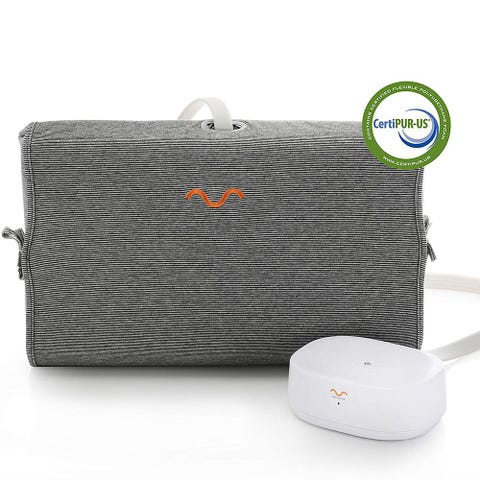
Snoring isn't just terrible for your bedmate; it's also unpleasant for you if you wake up groggy and tired because you can't breathe properly. Sticking something in your mouth or nose is typically the answer, which results to a miserable night. The Motion Pillow is a high-tech pillow that utilizes a combination of microphones and software to turn your head anytime you start to snore, allowing you to wake up refreshed.
Why your pillow matters
A proper sleeping position is essential for sleeping soundly night after night and waking up pain-free. Your pillow aids in maintaining a healthy sleeping posture. How could that posture appear? The body is in perfect alignment, from the knees and hips to the spine, chest and shoulders, head and neck.
If you don't get enough support for your shoulders and neck, or if they're propped at an angle that causes turning, craning, or crunching, your spine and body will be out of alignment, causing tension and discomfort in your neck, shoulders, and back, as well as insomnia.
Comfort and support are crucial factors to consider when choosing a pillow, just as much when choosing a mattress. The best pillow for you is something that is smooth to the touch, supports your head, neck, and shoulders, and complements your mattress.
When should you get a new pillow?
Bed pillows should be replaced every 18 months, on average. Memory foam pillows have a longer lifespan, lasting up to three years. Synthetic pillows have a shorter lifespan than natural pillows while pillows of greater quality will endure longer than those of lower grade. You're not getting the support you need if you're sleeping on a five- or six-year-old pillow, and you're not snoozing as comfortably as you could be.
It may seem like a brief existence, but consider this: your pillow is used for roughly 7-8 hours per night, or more than 2,500 hours per year! Your pillow, like your mattress, is an investment in restful rest that pays off in other aspects of life.
If you're not sure whether your pillow still has life in it, try the following tests:
To begin, remove the pillowcase and check your pillow. Is there any sweat stains on it? Is it ripped? Is there a pungent smell? These are all indications that your pillow needs to be replaced. Dead skin cells, mildew, mold, fungus, and dust mites are all accumulated in pillows (as well as their feces). These unpleasant organisms can add up to half the weight of a pillow over time, triggering allergies, interfering with breathing while sleeping, and emitting scents that make it difficult to sleep properly.
If your pillow passes the visual and sensory tests, it's time to put it through the fold test:
Make a half-fold with your pillow. A lifeless pillow is one that remains folded rather than springing back to its former shape. This test can be done over your arm with natural fill cushions. Do you have a pillow that drapes and hangs over your extended arm? That is a pillow that has outlived its usefulness.
Fold the synthetic pillows in half and add some weight to the top, such as a sneaker or shoe. If your pillow doesn't spring back to its normal shape after removing the weight, it's time to replace it.
What type of pillow is right for you?
Choosing a pillow is a very conscious choice. When it comes to picking the perfect pillow, there is no such thing as a universal size, shape, or material. Determine your specific criteria (using the six aspects below as a guide) then go with your gut instinct about what feels most comfortable and suitable for you.
1. Micro-fiber
These pillows are made from synthetic materials such as polyester and are among the most inexpensive. They are available in a variety of firmness levels, making them appropriate for most sleeping patterns, particularly front sleepers because they are flatter. However, because they may trap moisture and heat, they aren't the most breathable alternative.
2. Memory Foam
These pillows are perfect for anyone who suffers from neck discomfort since they provide firm support by conforming to your body's structure. Memory foam pillows, while durable, can feel stiff and have restricted ventilation, causing them to get heated. This sort of pillow will be most beneficial to back and side sleepers.
3. Latex
Latex pillows, which are a firm and supportive substitute to memory foam, have comparable characteristics. Latex mattresses are more breathable than memory foam, but they are more expensive and have a distinct odor.
4. Feather & Down
A product must include at least 70% down feathers and the rest must be regular feathers to be considered a down pillow. Down feathers are usually softer and better at holding heat than other types of feathers. It's worth mentioning that they're more expensive than most other pillows, and they're not necessarily ideal for allergy sufferers, but anti-allergy variants are available. Since down pillows flatten with time, they're not the ideal choice for side sleepers who need extra height, but it's typically a pleasant alternative for others.
5. Wool
Wool might be a choice for you if you're looking for an eco-friendly and naturally hypoallergenic pillow. Wool pillows are excellent for front sleepers because they assist to regulate body temperature, keeping you warm in the winter and cool in the summer.
Is it important to choose a pillow based on your sleeping position?
Yes. There are some key standards for matching sleeping position with pillow type, but they aren't set in stone. Why? Because virtually, everyone changes positions while sleeping. You might be a side sleeper who alternates between back and side sleeping. The stomach sleeper who turns to one side from time to time is in the same situation. You need a pillow that supports you in all sleeping positions.
Conclusion
As you can see, there is no such thing as the "best pillow" for everyone in every situation. We all have diverse demands, and ultimately, it comes down to personal preference. The cooling, firmness, and comfort properties of different pillow fill and cover materials vary. The products that best suit your needs will be defined as "best pillows."
Don't overlook on your pillow! It's such an essential part of your sleeping environment, and having the proper one may help you sleep better.


